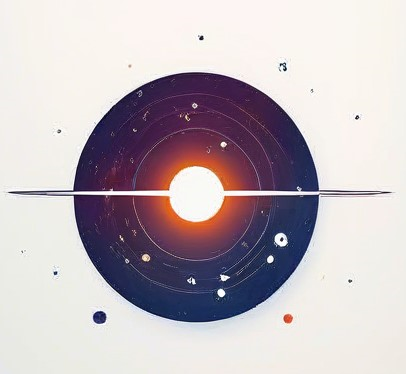主持人:刘四明教授
时间:2023年5月27日(周六)09:30
地点:犀浦校区2539
ZOOM:86840167066
入会密码:123456
题目:Imaging the Heliospheric Boundary and Catching the Interstellar Wind with the Interstellar Boundary Explorer
主讲人:Eberhard Möbius,Prof.Emeritus
Department of Physics & Astronomy and Space Science Center
University of New Hampshire, Durham, NH, U.S.A.
With a Ph.D. in Physics from the Ruhr-Universität Bochum, Germany, and twelve years at the Max-Planck-Institut für extraterrestrische Physik, Dr. Möbius joined the Space Science Center and Physics faculty of the University of New Hampshire (UNH) in 1990. His research focuses on the acceleration of particles and their transport through space with state-of-the-art particle spectrographs on NASA and ESA spacecraft, such as AMPTE IRM, FAST, Cluster, SOHO, ACE, STEREO, IBEX, and IMAP. More recently, he turned to interstellar gas and its interaction with the heliosphere, imaging the solar system boundary with energetic neutral atoms and pioneering the direct sampling of this gas. Eberhard Möbius is a Fellow of the American Geophysical Union and received several NASA and ESA Achievement Awards and UNH honors, including Distinguished Professor.
Abstract:
400 years after Galileo pointed a telescope at celestial objects for the first time, neutral atom astronomy adds to the electromagnetic spectrum and right away reaches its horizon with the Interstellar Boundary Explorer (IBEX), launched October 19, 2008. After validation with energetic neutral atom (ENA) images of the moon, its two ENA cameras take global images of the solar system's interaction with its galactic neighborhood.
They return stunning images of the heliospheric boundary region, where the solar wind slows down in response to the surrounding interstellar medium, only penetrated thus far by the Voyager spacecraft in two directions. Unexpectedly, the ENA images show a bright and persistent "Ribbon" across the sky, serving as a compass for the local interstellar magnetic field, whose direction agrees with previous inferences, the general direction obtained from the polarization of starlight, and the observed anisotropy of TeV cosmic rays. However, the processes leading to the bright ENA emission are still under debate. Time variations in the ENA fluxes as a function of energy provide additional constraints and implicate the neutral solar wind that penetrates beyond the heliospheric boundary.
The IBEX-Lo camera catches the interstellar neutral (ISN) wind of H, He, O, and Ne atoms that blows through the solar system at a speed of ≈26 km/s. It arises from the Sun's motion relative to the very local interstellar medium (VLISM) surrounding the solar system, first identified in the Sun's ultraviolet light, followed by pickup ions in the solar wind. The observed flow distribution is an excellent probe of the VLISM. In comparison with high-resolution absorption lines from nearby stars with the Hubble Space Telescope, the recently achieved precision of the ISN velocity vector has shown us that the solar system passes through an interaction region between the two closest interstellar clouds. Together, the interstellar flow and magnetic field control the size and shape of the heliosphere and the deflection of interstellar plasma around this obstacle, whose signatures are evident in the ENA images. To resolve the puzzles uncovered by the IBEX and Voyager missions, NASA has devoted its next solar terrestrial probe, the Interstellar Mapping and Acceleration Probe (IMAP), with a launch in 2025, to these objectives.




